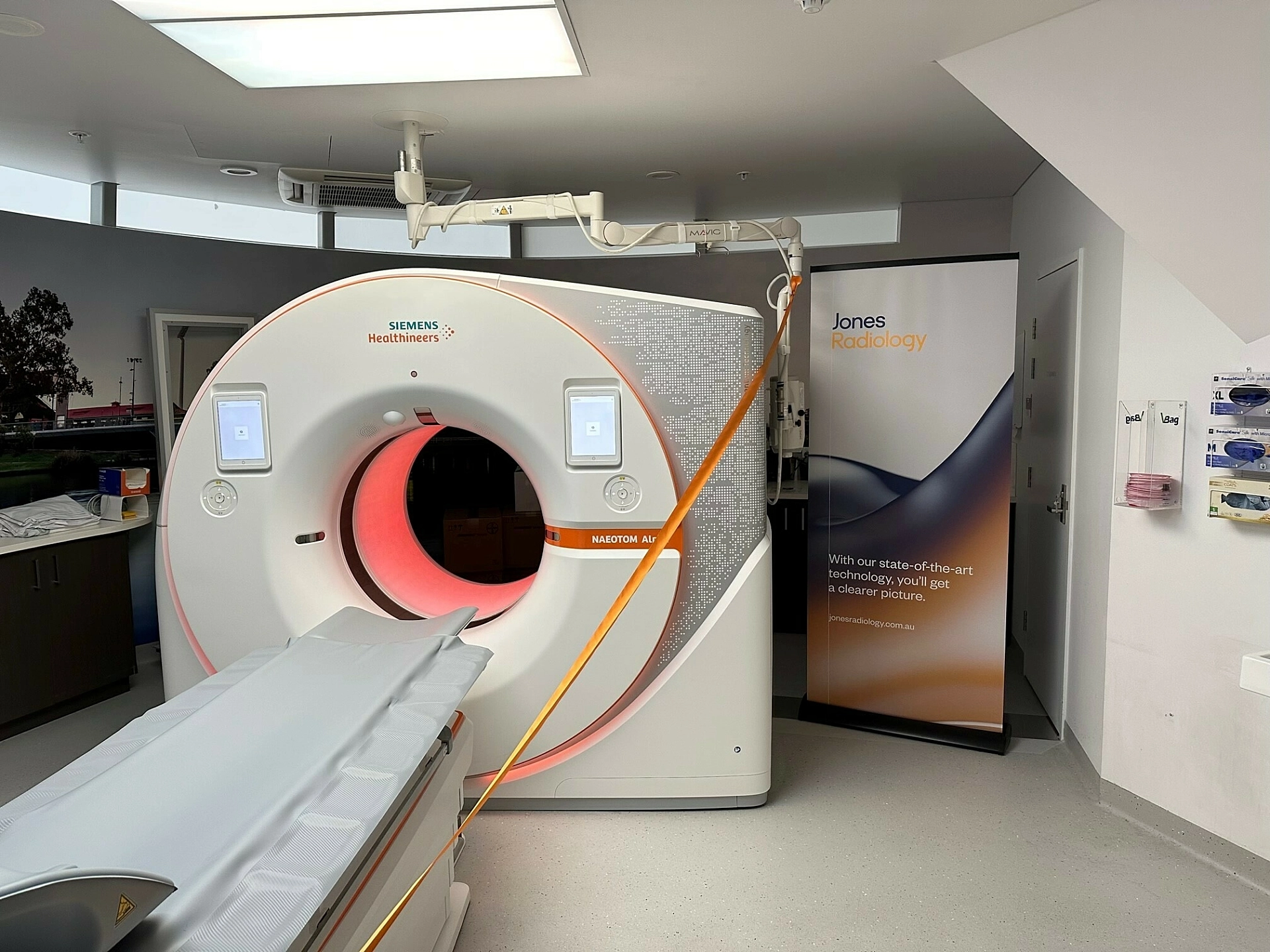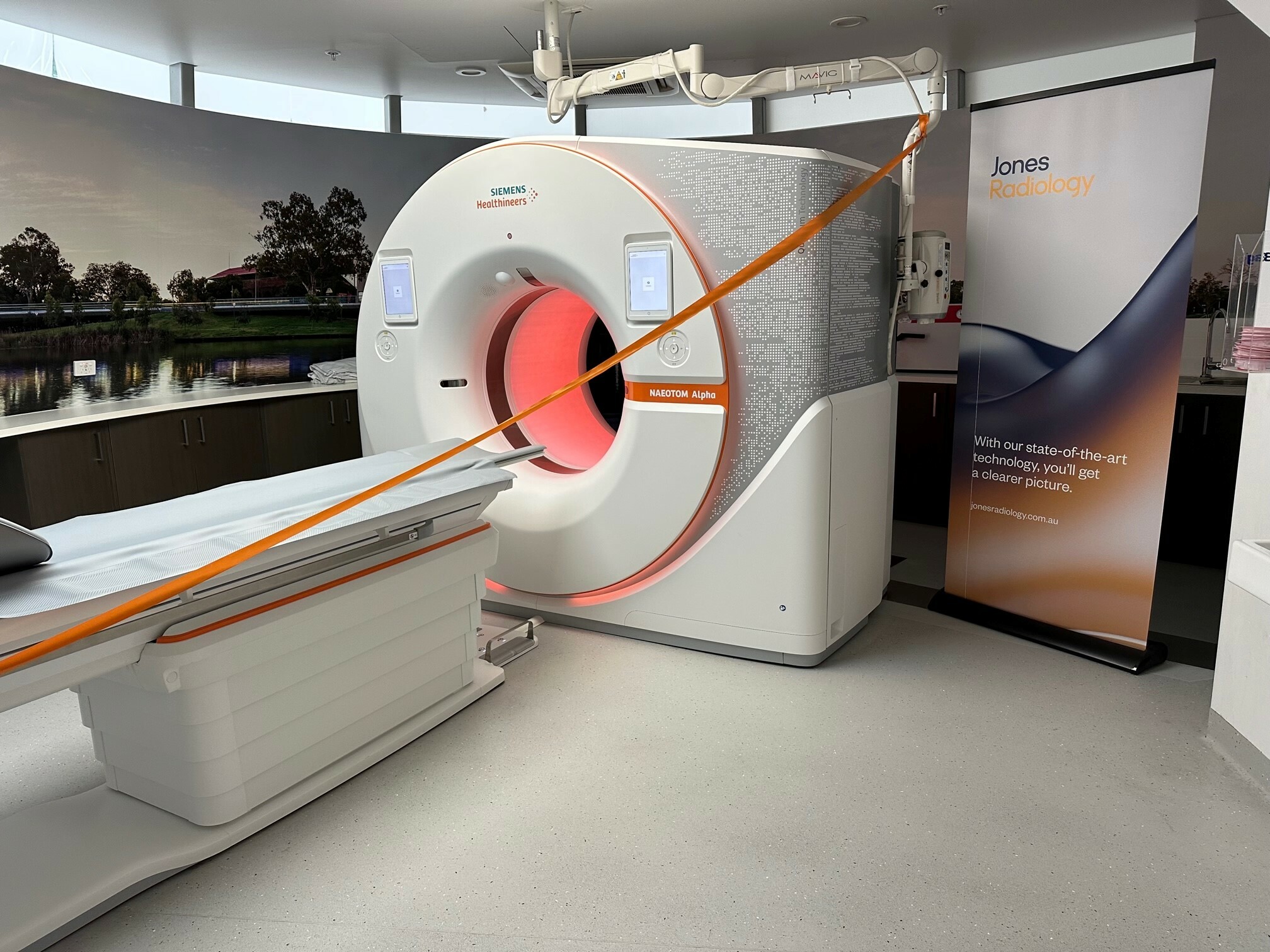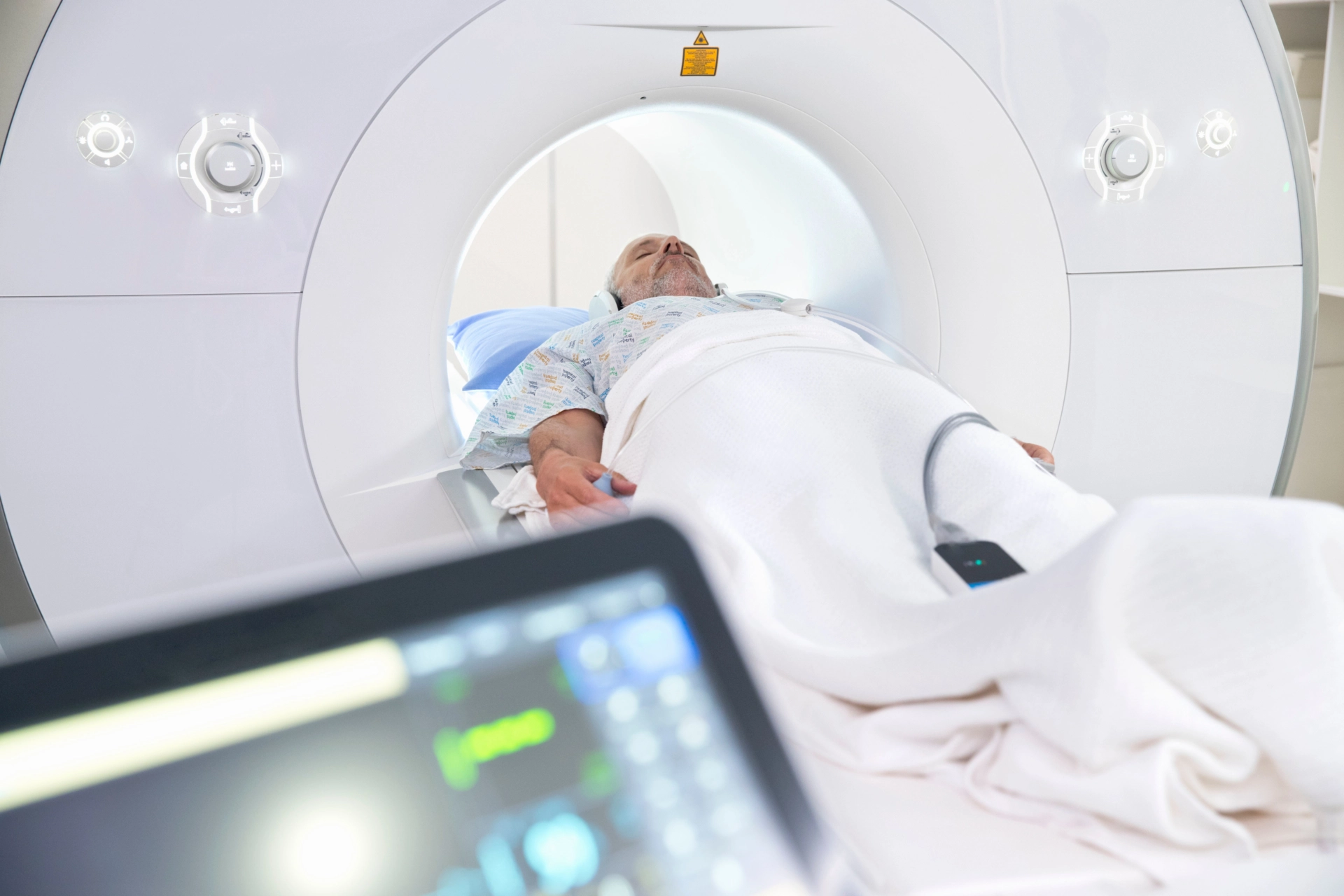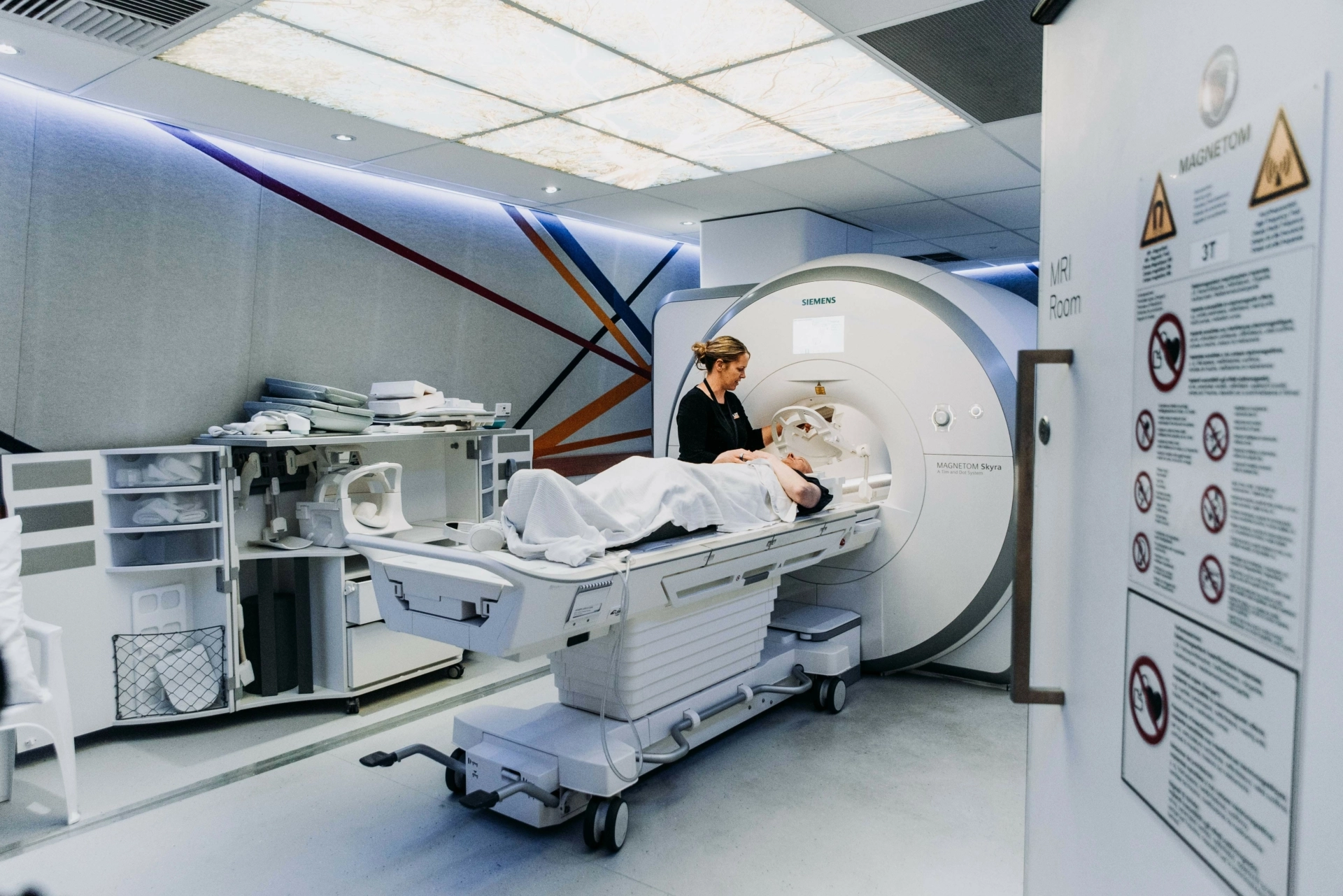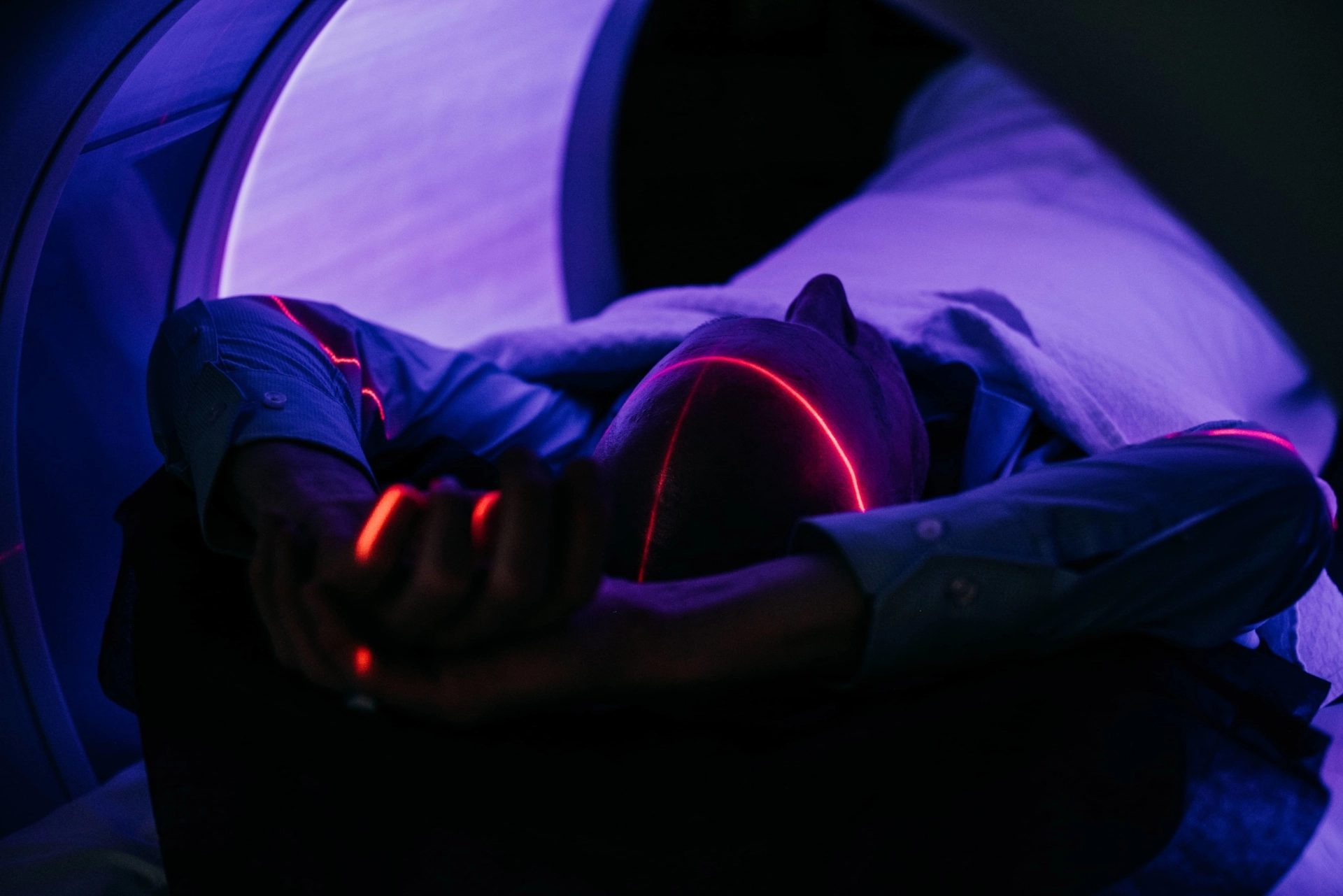The Clinical Research and Imaging Centre at SAHMRI is the new home of the first medical imaging technology of its kind in the southern hemisphere, with the whole-body photon counting computed tomography (PCCT) machine now operational.
Hon. Dr Susan Close, Deputy Premier of South Australia and Minister for Industry, Innovation and Science, unveiled the defining moment in medical science today.
“SAHMRI has been at the forefront of medical research since it opened in 2013 and this new machine will see this continue,” Dr Close said.
“Technology is progressing rapidly – especially medical technology – and this investment now will pay dividends in the years ahead.”
“The South Australian Government is proud to support this research through nearly $1 million in funding as it will enable world-leading, state of the art imaging in SA over the next five years and beyond.”
SAHMRI Director, Professor Steve Wesselingh says it’s another win for medical research in the state.
“Once again SAHMRI, with the crucial support of our government and industry partners, is able to deliver the absolute cutting edge of medical technology for South Australia,” Prof Wesselingh said.
“This benefits those in need right now, but also indelibly changes the research landscape, promising even greater health advancements in the future.”
The new system has the potential to overcome the limitations of current CT detectors currently in use across Australia by providing CT data at very high resolution with lower doses of radiation, without electronic noise.
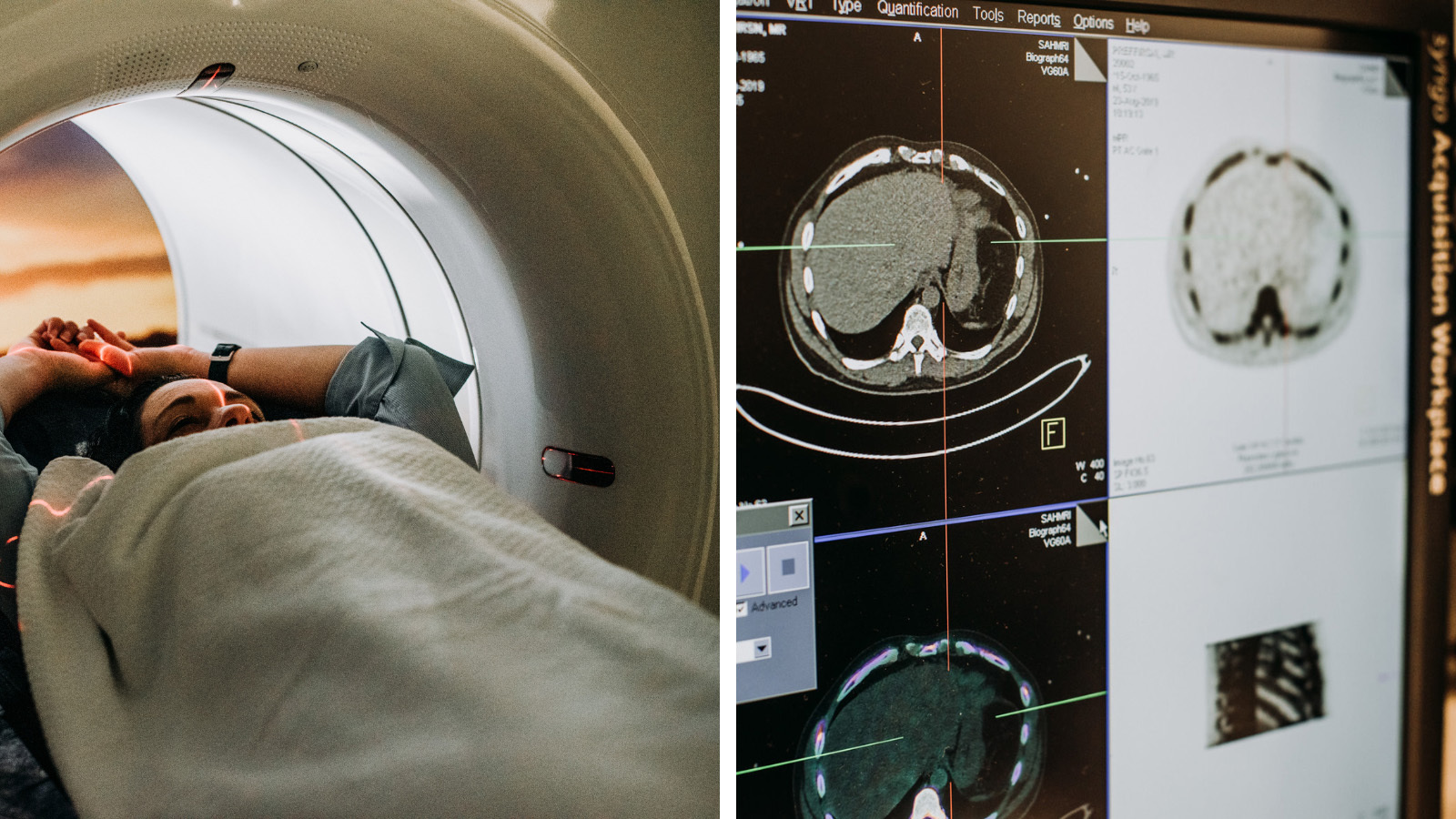
Dr Andrew Dwyer, Partner Radiologist with Jones Radiology and the Head of Imaging at SAHMRI, says PCCT is the biggest advance in CT imaging technology in 20 years.
“This is the first major development in CT imaging in decades and transforms the entire medical imaging industry, enabling us to rethink what we see as standard,” Dr Dwyer said.
“Photon counting CT is the equivalent of going from regular TV to HD and black-and-white to colour all in one step. This technology can visualise inside coronary artery plaques and identify people who are at risk of heart attack, as well as probe cancer cells like never before.”
This revolutionary technology will benefit patients through earlier diagnoses and reducing radiation dose by up to 45% when compared to existing scanners.
Dr Johan Verjans, SAHMRI Artificial Intelligence Group Leader & Jones Radiology Cardiologist says the upgrade is a game changer.
“The scanner enables us to see small structures in greater detail and get around common issues of CT such as calcifications, or stents that block the view into an artery,” Dr Verjans said.
“We can now take an image of the heart, in one heartbeat, with ultra-high resolution which is extremely helpful for older patients with complications, calcifications and stents so we can see smaller vessels and those usually in doubt to determine the stage of the disease to guide treatment.”
A team of specialist technology engineers and computer technicians worked tirelessly over the past three months to ensure a safe and accurate installation of this large-scale system and its accompanying infrastructure.
The partnership between SAHMRI, Jones Radiology and Siemens delivers open access state-of-the-art imaging services for clinical and research purposes.
CEO of Jones Radiology, Professor Susan O’Neill, says the delivery opens up new opportunities.
“In addition to the research opportunities now possible through the technology being unveiled today, this equipment is providing immediate impact right now to the lives of our patients, and providing our referrers with a clearer picture,” Prof O’Neill said.
Alison Curren, General Manager of Diagnostic Imaging at Siemens Healthineers ANZ said the first Australian installation of the NAEOTOM Alpha PCCT scanner technology signifies a new era in CT.
“This scanner is a total reinvention of computed technology, the results of almost two decades of development by Siemens Healthineers,” Mrs Curren said.
“We’re proud to see our pioneering technology in the hands of leading Australian researchers and clinicians as it is here that will we see the realisation of life-changing patient care.”
Patients scans have already begun, with thousands set to benefit from the new scanner each year.
